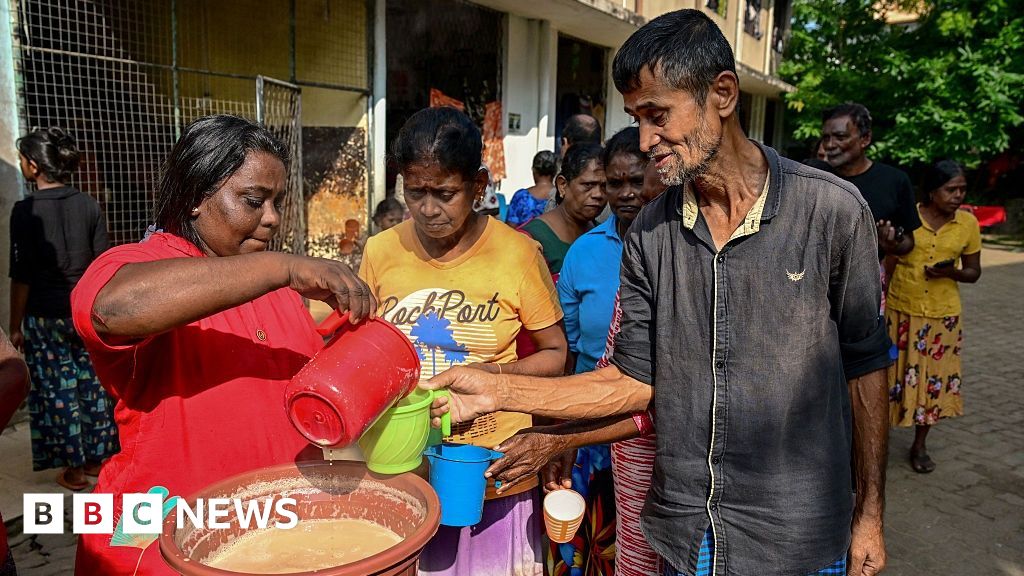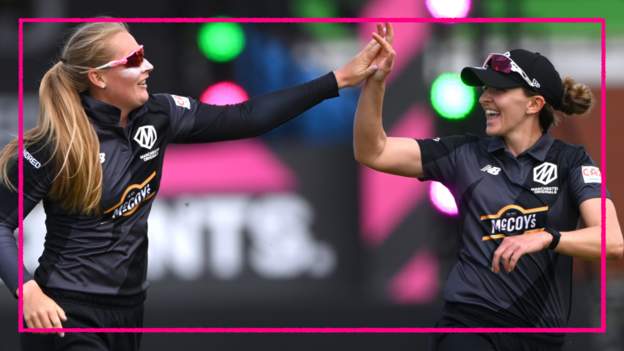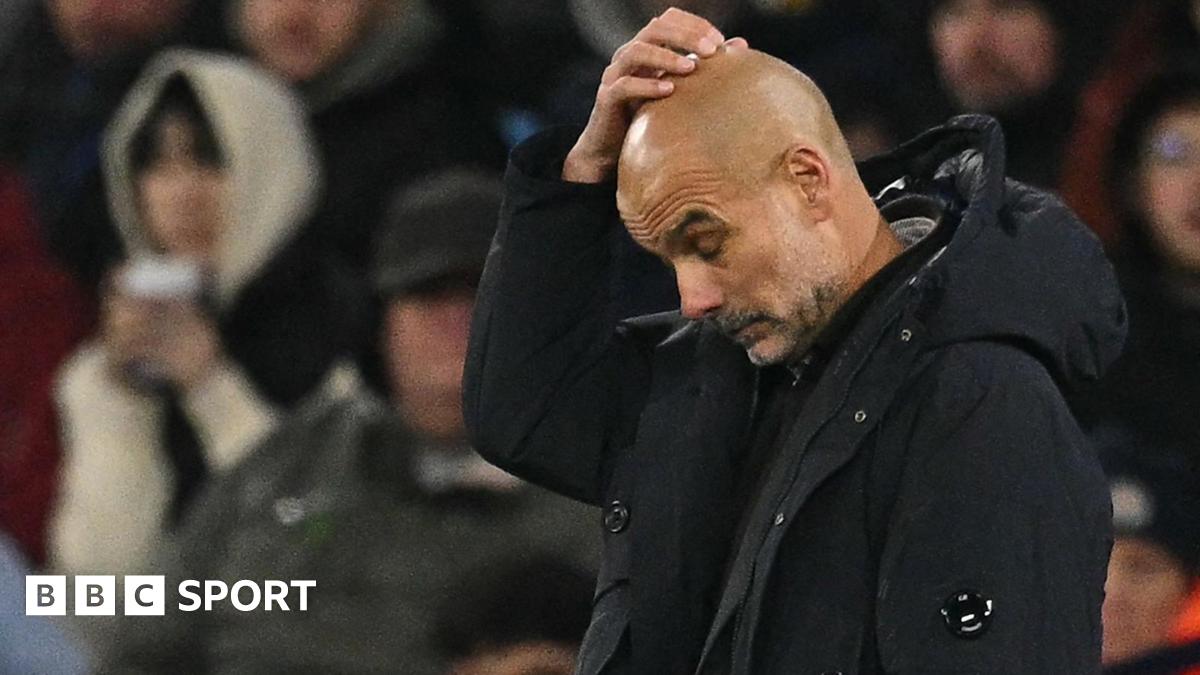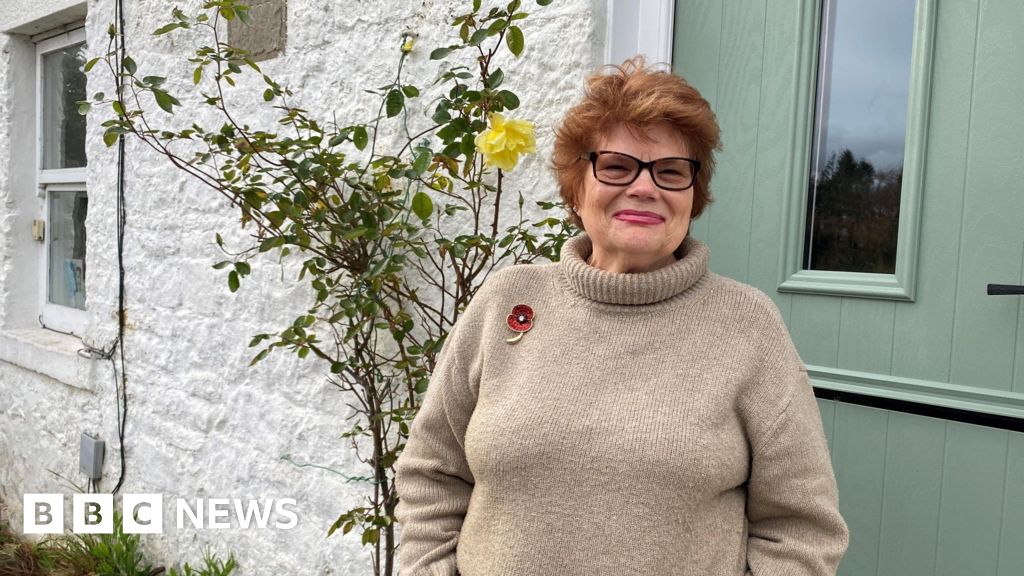When The Hundred was conceived in 2017, women’s cricket was far from being at the forefront of the organisers’ minds.
The abolishing of the women’s Kia Super League, the sloppy, sometimes patronising language about trying to increase female engagement and the siloing of the women’s Hundred away from the ‘main’ men’s event all presented the women’s game as something of an afterthought.
However, while opinion is split around the purpose and progress of the new 100-ball format which is played by eight city-based franchises, with men’s and women’s matches being played as double-headers at the same venue, it is clear the tournament has the capacity to transform the women’s game.
And to the credit of the England and Wales Cricket Board (ECB), after a sluggish start, the opportunity is being taken.
The PR machine started working when equal prize money was announced, every bit of ECB communication referred pointedly to the ‘Women’s Hundred’ and the ‘Men’s Hundred’, and media opportunities to speak to players offered up men’s and women’s cricketers.
Promotional materials always featured a cricketer of each gender while the first match, to open the tournament, was proudly announced as a women’s one. Everything the ECB could do to portray this as a gender neutral tournament, it did.
“As much as we bang on about how good the women’s game is, until people see it they won’t believe it,” says the broadcaster Charles Dagnall, who is covering both the men’s and women’s Hundred games for the BBC and Sky.
“That’s why the first game was so vitally important, because it was the first time we saw a domestic game on terrestrial television.
“That game probably changed the minds of more people watching than any game has done before. We expect the England [women’s] side to be good, we expect the India or Australia side to be good.
“We expect a touring international side to be good, but to show a domestic game on terrestrial television and for other people to see the standard that we have been talking about, I think it’s done more for the women’s game than anything.”
Sometimes, the ECB’s marketing went too far. The large disparity in pay between the men’s and women’s salaries was almost airbrushed over. The fact that only one women’s group game, compared to nine men’s, was set to feature on free-to-air television wasn’t mentioned.
And nothing was said of the fact that most of the women’s matches would occur during working hours or overlap with the England men’s Test series, compared to the more favourable evening time-slots for the men’s game.
That the BBC last week announced they are broadcasting three additional women’s games is testament to the success, and immediate impact, of the women’s Hundred to date.
When the Covid-19 pandemic descended, many of its effects were extremely detrimental towards women’s sport.
Not all, however.
Out of necessity, the men’s and women’s Hundred matches became double-headers, being played at the same venue – large, iconic stadia – and broadcast by the same commentary teams.
The merits of double-headers for women’s sport remains controversial, as it is often staged as an inferior side-show to the main men’s spectacle.
However, in reducing the times between matches and pushing the marketing for both matches as a ‘family day out’, the downsides have been reduced.
Even the early afternoon start times for women’s games, while overlapping with the conventional working day, haven’t worked out so badly due to the time differences of the Tokyo Olympics, meaning that just as coverage for the day ends there, the women’s Hundred matches have begun.
Another notable upside is that the broadcasters covering the men’s and women’s matches have been the same for each day.
All of a sudden, Kevin Pietersen, Stuart Broad and Dinesh Karthik, with large social media followings and influence across the game, are being introduced to the magic of Jemimah Rodrigues and Nat Sciver.
Pietersen’s purring at some of Rodrigues’ shots was a delight.
The pandemic also means the men’s and women’s teams are far more intertwined.
The concept of ‘one club, two teams’ is one modelled on the Big Bash League in Australia, where each franchise has both a men’s and women’s side.
But even there the women’s teams had to latch on to a men’s league that had already been going for almost half a decade.
In The Hundred, the simultaneous inception of both the men’s and women’s leagues has meant that the men, for the first time, have a women’s team in their professional set-up from the start.
“I enjoyed the KSL, but I think for the women’s game, much like in the Big Bash League in Australia, to have the same club, the same products, so kids can buy a shirt or a cap or whatever it might be and follow the men’s and women’s teams is crucial,” adds Dagnall.
“If you’re a Trent Rockets fan, you’re a Trent Rockets fan, whether the women are playing or the men. They come as a package.”
The impact of Covid-19, and the need to maintain reasonably bio-secure environments around the players, has meant the men’s and women’s teams are seeing far more of each other than they otherwise would be without such restrictions.
They congregate in team rooms after play while the men have been widely seen supporting their sides on the ground and, finally, voicing that support on social media.
The Hundred also comes at the right time for women’s cricket. While domestic professionalisation has only just begun, the stars of the game, its England internationals and its overseas ones, have been professional for some time. And their skilful performances demonstrate this.
The highest individual score of The Hundred has been struck by a women, Rodrigues. And two of the five highest strike-rates in an innings have also been women’s. The timing for this domestic showcase is spot on.
“I was watching the first Hundred game,” recalls the journalist Jarrod Kimber recently on his podcast, Red Inker. “I went to the game with my family. I was enjoying it and thinking that this was a good game and suddenly I realised that I had never seen women’s domestic cricket at that quality before.”
Women’s cricket, as with all women’s sport, is on a pathway. It’s developing and progressing faster than most could have imagined and the development towards gender equality has been accelerated by The Hundred.
Whether this was largely accidental, or a carefully curated plan, is up for debate. But for the many criticisms of the men’s game, The Hundred should and is transforming the women’s.































